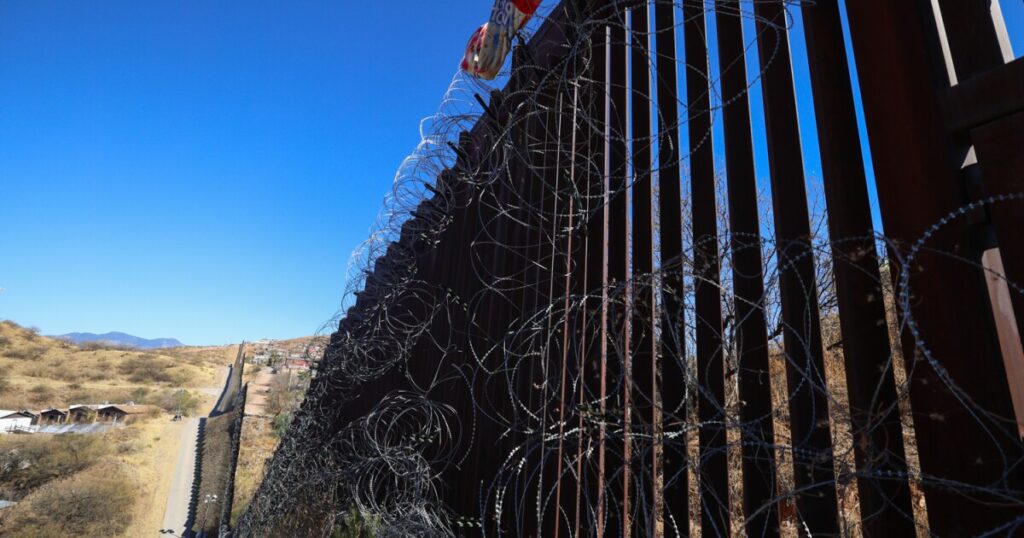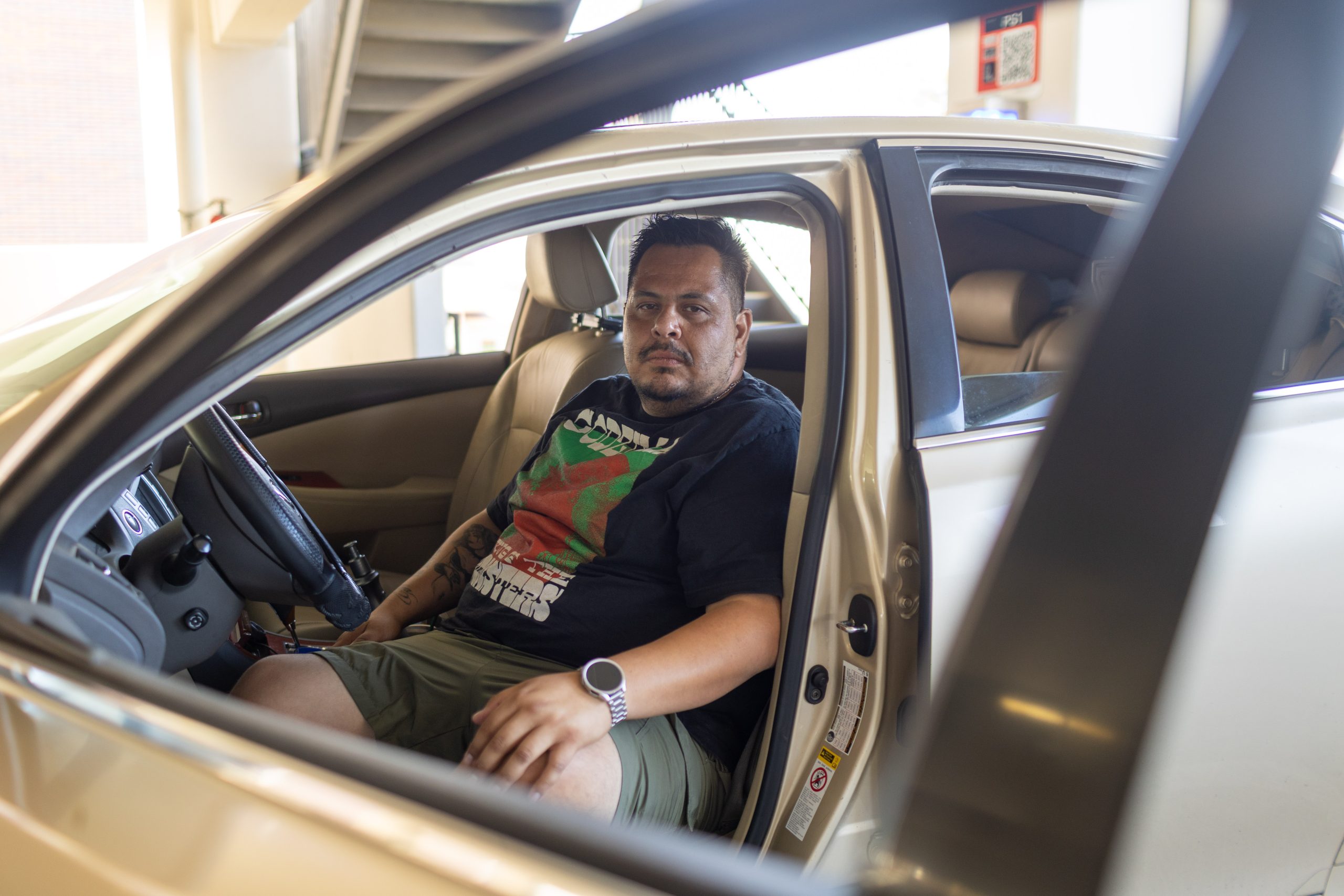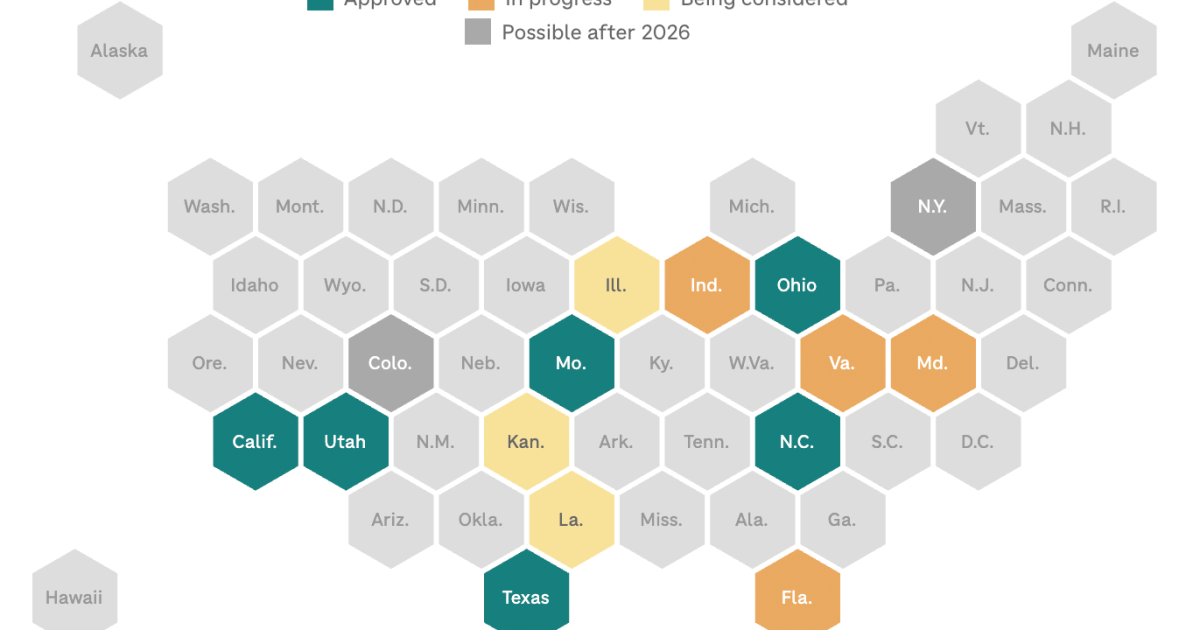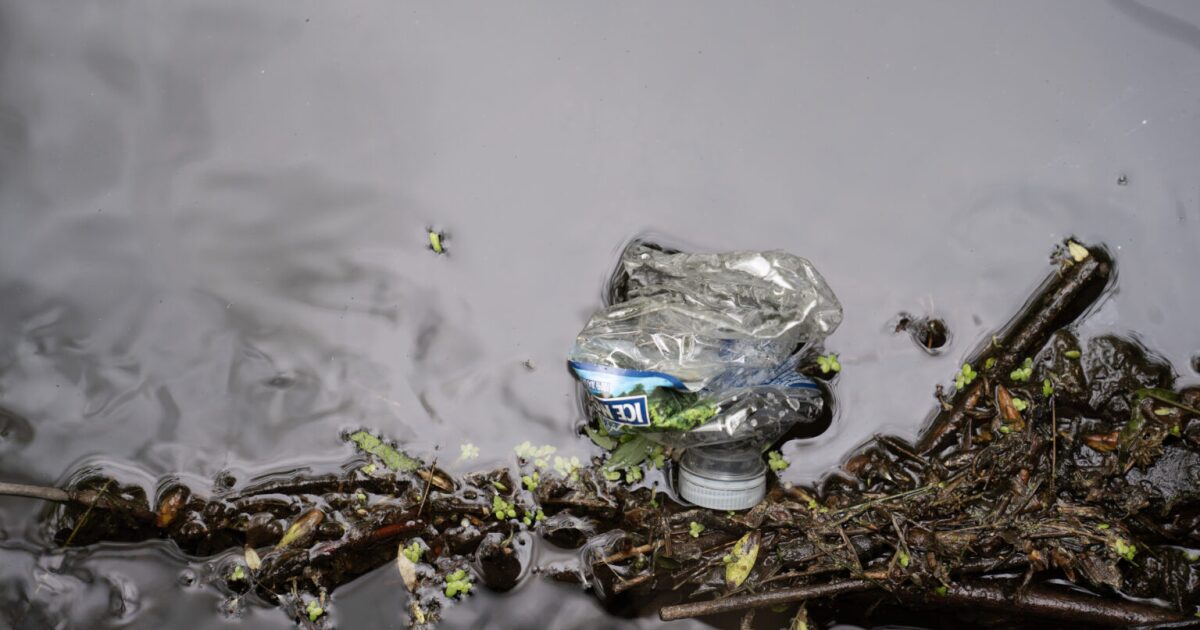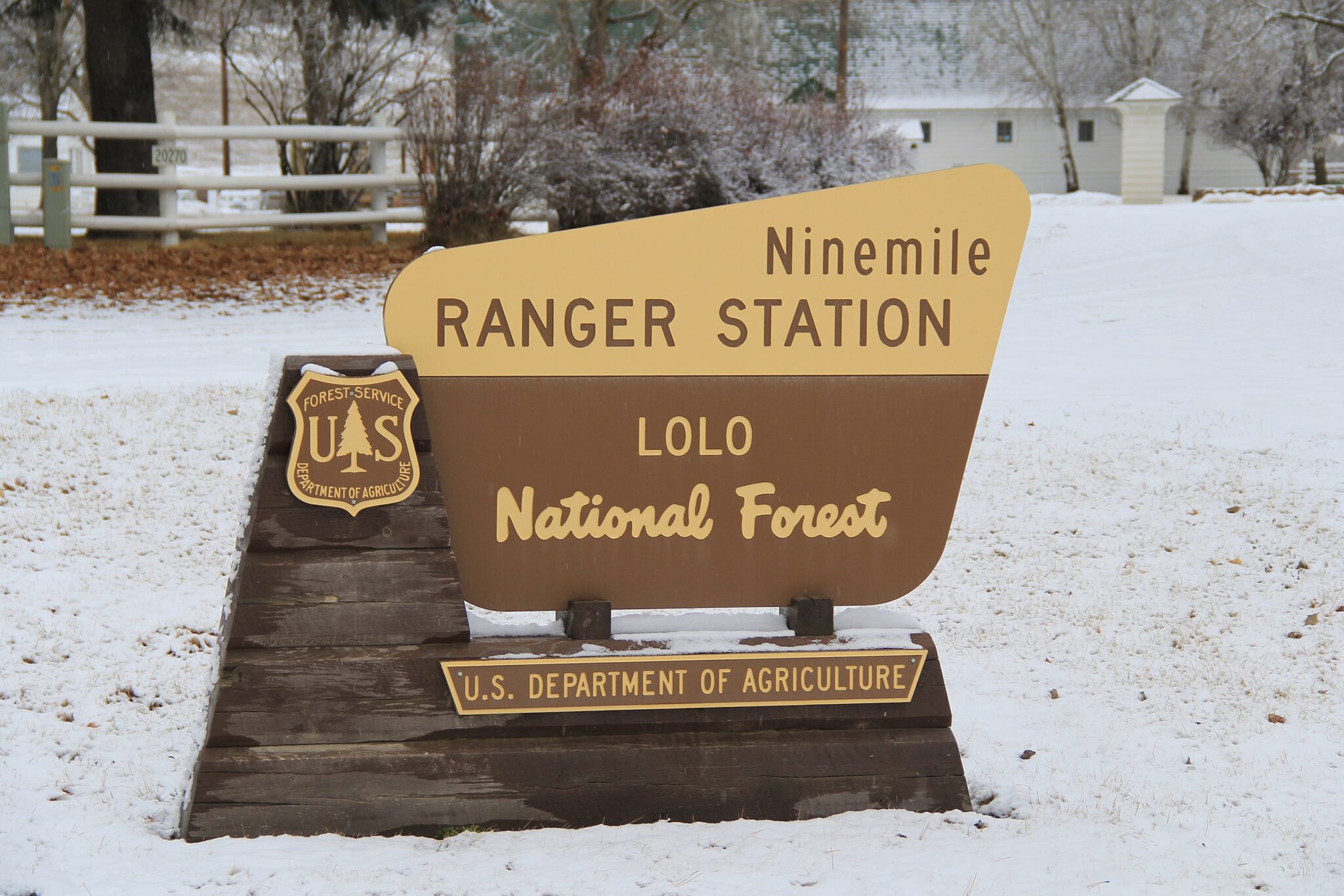Military Presence at U.S.-Mexico Border Sparks Concerns Among Advocates
The deployment of U.S. military troops at the southwestern border has been met with mixed reactions from various stakeholders, including border officials, migrant advocates, and environmentalists. While some officials see it as a necessary step to secure the region, others worry about the potential consequences for both people and the environment.
President Donald Trump recently directed the military to oversee the Roosevelt Reservation, a 60-foot-wide strip along the U.S.-Mexico border, circumventing the Posse Comitatus Act, which limits military involvement in civilian law enforcement. This move has raised concerns among migrant advocates, who fear it will push migrants into more perilous crossing areas, increasing the risk of fatalities.
James Holeman, founder of Battalion Search and Rescue, expressed his worries, stating, “Militarizing the border has historically only ramped up deaths.” His group actively searches for the remains of migrants who have succumbed to the harsh desert conditions.
The military’s presence extends across Arizona’s border counties, excluding a portion managed by the Tohono O’Odham Nation. This area, with its relatively flat and unsecured terrain, is anticipated to become a focal point for human trafficking, as Holeman predicts increased smuggling activities.
In addition to humanitarian concerns, environmentalists warn of the impact on the Sonoran Desert’s ecosystems, home to numerous endangered species. Russ McSpadden of the Coalition for Sonoran Desert Protection highlighted the potential harm from expanded infrastructure and increased vehicle patrols.
Despite these concerns, some local officials, like Cochise County supervisor Frank Antenori, support the military intervention, believing it will alleviate the strain on local resources and enhance border security. This sentiment aligns with the federal government’s goal of reinforcing border sovereignty and security.
The increased troop deployment, which has risen to over 10,000, aims to expedite the construction of additional border infrastructure. However, Pima County Sheriff Chris Nanos cautions that this might deter migrants from seeking help, advocating instead for comprehensive immigration reform.
For more stories from Cronkite News, visit cronkitenews.azpbs.org.
—
Read More Arizona News

